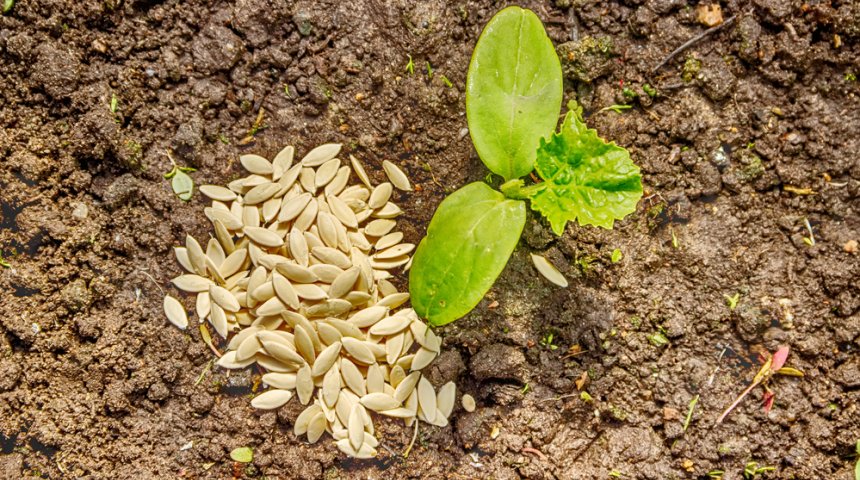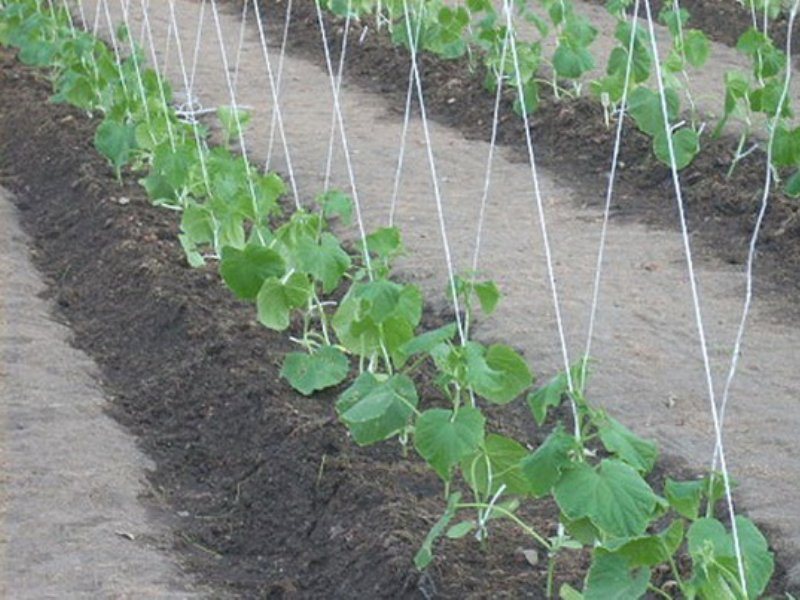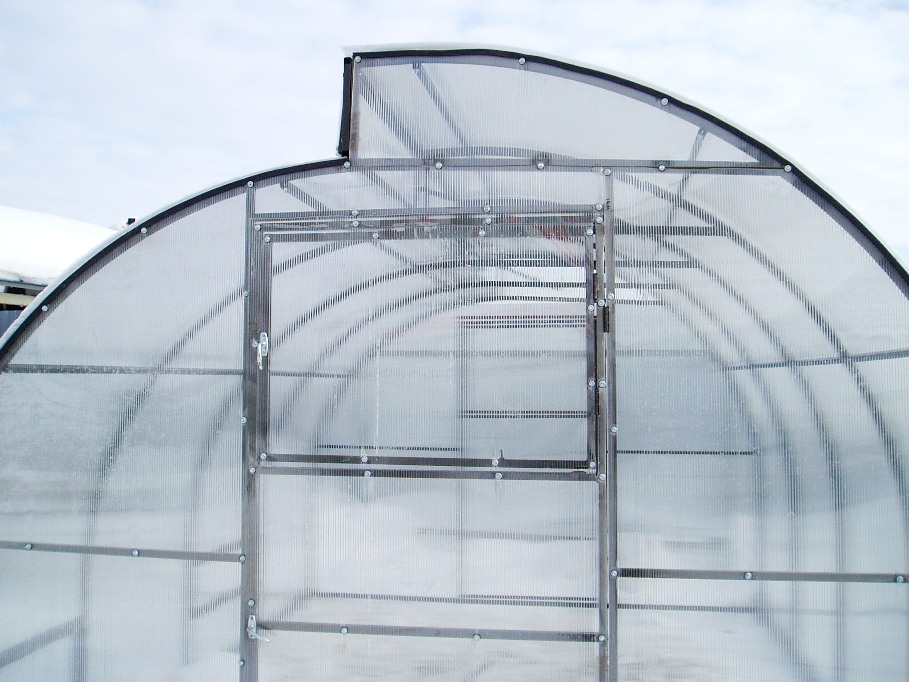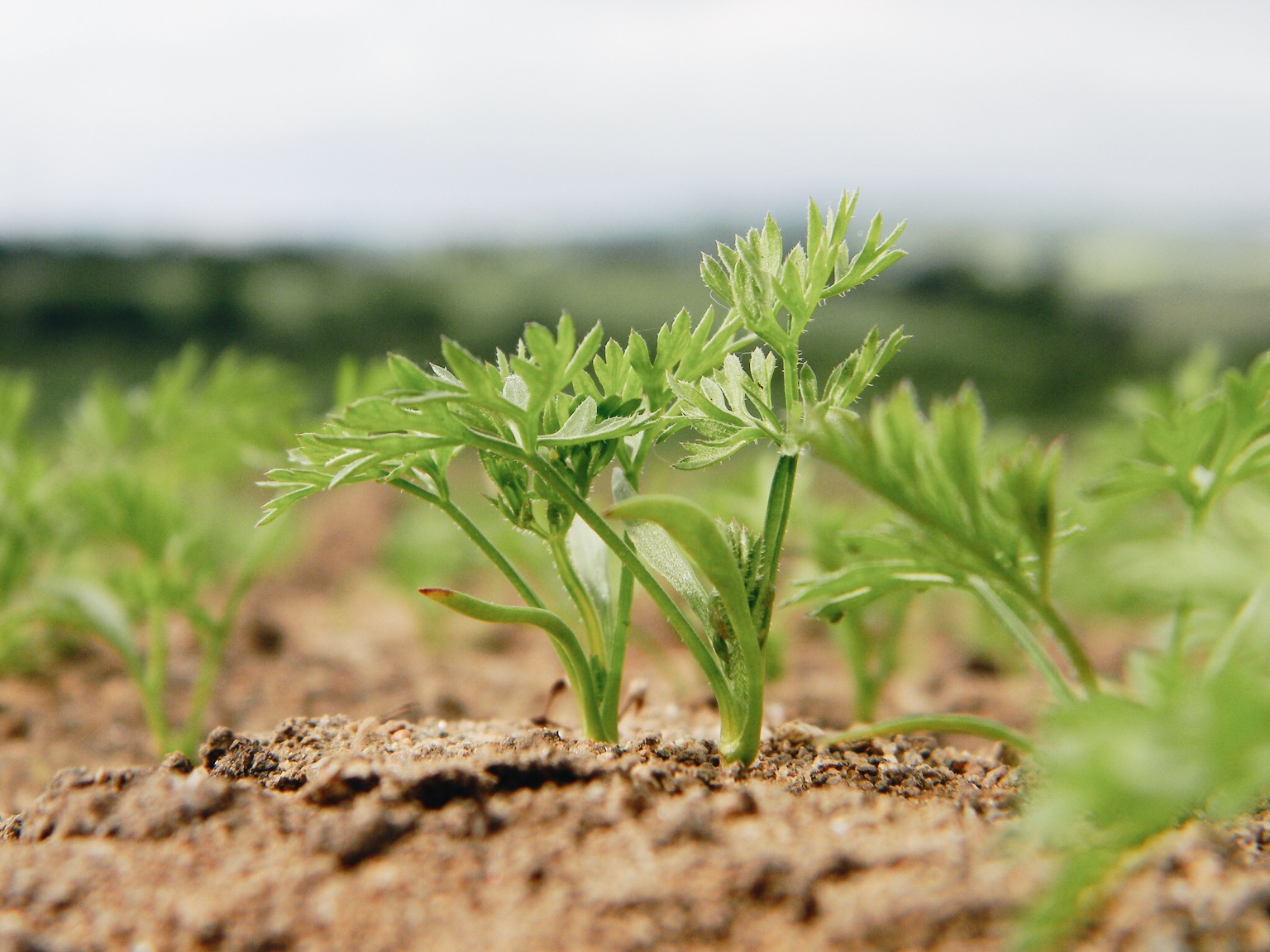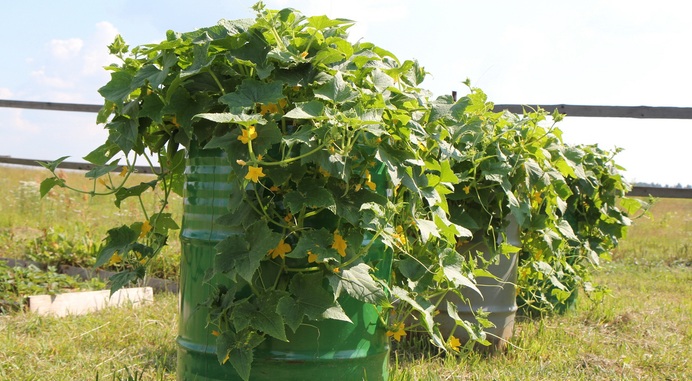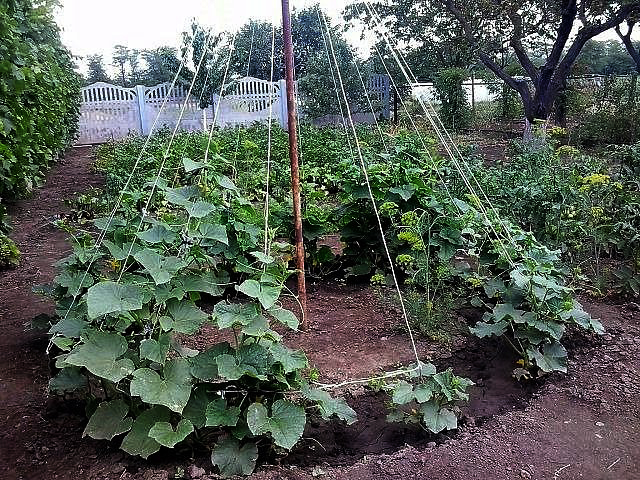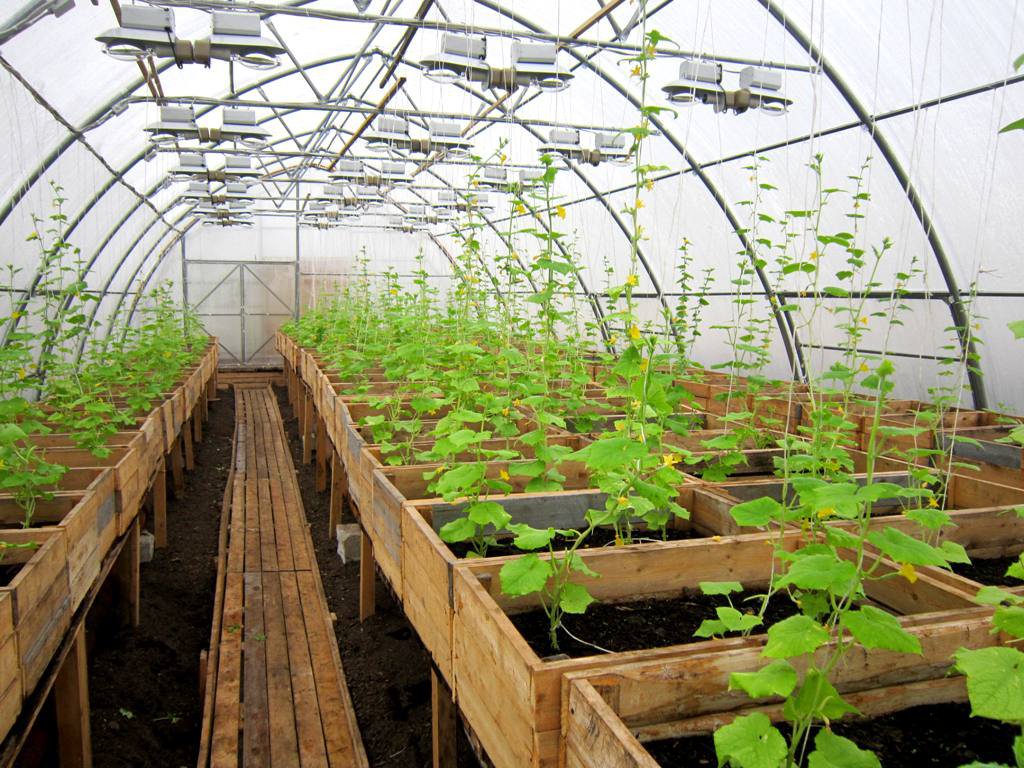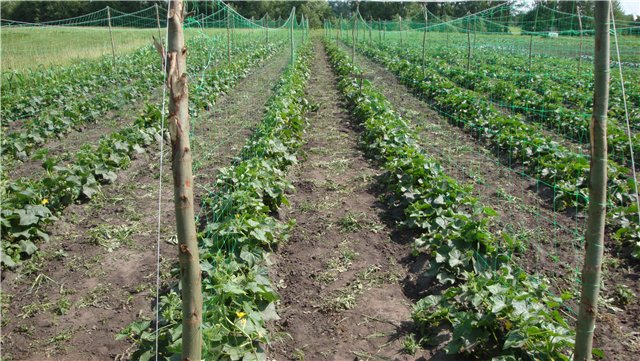Content:
Perhaps all summer residents grow cucumbers. And this is not without reason, cucumbers are very healthy and dietary vegetables, which are 95% water. Some people sow cucumber seeds first for seedlings, and then the already formed plants are transplanted into greenhouses, hotbeds or garden beds. However, you can plant cucumber seeds directly in greenhouses. With proper care, the yield of these vegetables does not fall and with seedlings is much less hassle.
Sowing seeds directly into greenhouses allows for an early harvest. But in order to feast on greens as early as possible, it is better not to delay with sowing.
The best days to plant cucumbers
It is necessary to focus on the timing of planting seeds in the greenhouse depending on the climate and weather conditions of a particular spring. Most often, this method of growing cucumbers is used by residents of the southern regions. There, you can sow seeds in a polycarbonate greenhouse or greenhouses in mid-April. In central Russia, the dates are postponed to late April - early May, and in Siberia - to mid-May. It is important to be guided by the air temperature outside and, most importantly, in the greenhouse.
Many are guided by the lunar calendar. It is the moon that has a great influence on the growth and development of plants. However, the lunar calendar is compiled exclusively for one year. It is best to sow on the growing moon. It is this phase of the satellite of our planet that attracts water molecules like a magnet.
How to prepare seeds for greenhouse planting
An important stage before sowing seeds in the greenhouse is their processing and preparation. Experts highly discourage sowing untreated seeds, as this will negatively affect not only their germination, but also the growth and development of future plants.
To get strong and healthy plants that will yield high yields, you need to choose the right varieties. In the greenhouse, it is recommended to choose not varieties for growing, but hybrids. It is quite simple to distinguish them - on the packs there is a designation "F1". It is better not to use seeds of ordinary varieties for sowing - the harvest will not be very good, since they need bees for pollination, and, as you know, there are not very many of them in a polycarbonate greenhouse.
Having picked up the varieties, you should prepare them for sowing. First of all, the planting material must be checked for germination. This can be done with a saline solution. It is easy to prepare it - you need to dissolve 10 grams of salt in one glass of warm water. Then mix all this well (the salt should dissolve completely) and pour the seeds into the solution. In a few minutes, see what happened. The seeds that have settled on the bottom of the glass are good and can be used for sowing. But the seeds that floated to the surface are not suitable for planting. The likelihood that they will sprout is low, and even if they do, the plants will be weak.
After this procedure, it is necessary to select all seeds drowned in a saline solution and be sure to process. To do this, you need a solution of potassium permanganate.The seeds must be kept in it for half an hour.
This is not the end of the work on preparing the seeds for sowing. The last stage remains - germination. Wet gauze is laid out in a shallow dish (it must be folded in several layers). Then spread the seed on one half of the gauze and cover it with the other half of the gauze. All this is left alone for several days. The seeds will hatch in a maximum of 5-7 days. Sprouted seeds can already be sown in the greenhouse.
How to plant cucumbers in a greenhouse with seeds
It is necessary to plant the already germinated cucumber seeds in polycarbonate greenhouses correctly. Only sowing according to all the rules will help gardeners get a good harvest of these healthy and tasty vegetables.
First of all, you should pay attention to the temperature inside the greenhouse. Optimal conditions are + 10 + 12 degrees in the dark and from 20-22 degrees above zero in the daytime. The soil for future planting must also be prepared in advance, preferably in the fall. During the winter, the soil will settle, and many pests in it will die. Cucumbers are very capricious plants; they grow well and bear fruit far from all types of soils. Therefore, it is recommended to take sod land and humus (in equal parts), mix and add a little more sawdust to this substrate.
Since not everyone has sod land on the site, the soil can be prepared from other components: mix cultivated peat, humus and field soil (all in equal parts). If possible, a very small amount of sawdust can also be added to the finished soil mixture.
Fertilizers should be added to both the first and second soil substrates so that at first the young plants have something to eat. For each square meter of soil, before planting, 15 grams of potassium sulfate, 3 grams of nitrate (ammonium) and another 25 grams of superphosphate are applied. All this is thoroughly mixed and leveled with a rake.
Before planting seeds in the greenhouse, it is also recommended to treat it from pests. Moreover, not only the soil needs to be processed, but also polycarbonate, as well as all the structures of the greenhouse. It is better to treat it with special preparations. They will destroy a large number of pests, pathogenic fungi and microbes.
As soon as the soil is ready, and the greenhouse itself is processed, you can start sowing seeds. In the greenhouse, holes are made at a distance of 40-50 centimeters from each other. It is impossible to make holes more often, otherwise when the plants grow, they will experience discomfort - there will be not enough food, water, sunlight. In the end, all this will affect the harvest. When planting, nothing needs to be added to the holes, since the soil was prepared in advance and all the necessary fertilizers are already in it.
In each well, as a rule, one, two or at least three seeds are sown. This is done in order to ultimately choose the strongest and healthiest plant of all. If you sow only one seed, it may not sprout at all. Then you will have to sow again, and this will postpone the time for obtaining the first vegetables.
It is better to plant cucumber seeds in sunny weather, and in the morning. After sowing, the holes are watered abundantly. If the weather is dry and hot, then watering before germination can be done every other day, in extreme cases - after two days. It is impossible to say exactly how many days the cucumbers will sprout. Everything will depend on the weather conditions and on how well the greenhouse warms up. Usually, in good weather, seedlings of sprouted cucumbers can appear already on the third day after sowing. If the seeds are sown without treatments and have not sprouted, then you can wait for seedlings from 7 to 10 days.
It is necessary to keep the covering material ready until the threat of recurrent frost has completely passed.
Care for cucumbers after germination: step by step recommendations
After germination, cucumbers need attention and care more than ever. These are capricious and fastidious plants that can respond to both a lack of nutrients in the soil and to low or too high air temperatures for them. However, it is not difficult to grow them if you follow the correct agricultural techniques.
Seedlings need to be watered often, in the greenhouse it is especially abundant, since no precipitation gets into it. Watering is done often, preferably every other day, but in hot weather you can give the plant water every day. Watering is recommended with warm water heated in the sun. It is best to water in the evening, but no later than 6 pm. At least half a bucket of water (five liters) is poured onto each hole for young plants, when large plants are doubled, up to ten liters of water for each bush.
You will also have to feed the cucumbers, otherwise the harvest will be small. The first feeding is done when the plants already have three true leaves (the cotyledons are not leaves). The first top dressing must necessarily contain nitrogen. It is extremely necessary for young plants at the very beginning of their growth. For this, urea or ammonium nitrate is suitable. If it is urea, then add one tablespoon of this fertilizer to 10 liters of water, mix thoroughly and water at the rate of two liters of solution per plant. If you use ammonium nitrate (calcium is not suitable in this case), then the consumption rate increases to two spoons per 10 liters of water. At the same time, two liters of solution are also poured onto each plant.
Plants growing in a greenhouse also need shaping, just like tomatoes. In no case should they be pinched, since their main harvest will be concentrated on the main stem. All stepchildren should be removed, they will take away a large amount of nutrients from the plants. Plants are tied up with twine, which is twisted into a figure of eight and tied to the top of the greenhouse. The lower part of the twine is attached to the plant, but not very tight. In the process of growing, the plants are simply pushed through the twine (since it is folded in eight) and they grow up themselves.
Bamboo sticks are gaining popularity among gardeners. They are up to 2.5 meters high. Sticks are installed next to the holes before planting. Then the grown cucumbers are attached to the sticks (you can use plastic fasteners, or you can also use pieces of twine). This is done constantly - approximately every 20-30 centimeters.
One feeding for cucumbers will not be enough. For the whole summer, you must give at least three additional dressings. The second time the cucumbers are fed in the flowering phase. In this case, they also need nitrogen. Therefore, we again use urea or saltpeter in the same proportions. Recently, many gardeners are trying not to use chemical fertilizers on their site. In this case, urea and saltpeter can be replaced with organic fertilizers or natural growth stimulants. An herbal infusion works well. One liter of such fertilizer is diluted with nine liters of clean water and poured onto one plant, also two liters of solution. The third feeding for cucumbers is given already during the beginning of their fruiting. This time they are fed with phosphorus and potassium (two tablespoons per 10 liters of water). By the way, between the second and third feeding, cucumbers can also be fed with infusion of black bread. Two liters of infusion are mixed in five liters of water.For each plant, two liters of this ecological fertilizer are also poured.
How to properly plant cucumbers in a greenhouse with seeds
Planting cucumber seeds in a greenhouse is not much different from planting cucumber seeds in polycarbonate greenhouses. In this case, the plants will grow under film shelters, but all care for them will be the same as for cucumbers growing in greenhouse conditions.
Observe the crop rotation in the garden. In addition, experienced gardeners recommend that beginners carefully choose seed material in garden markets or specialty stores. The selection of seeds has been huge lately. However, not all varieties and hybrids are suitable for a particular area. In the northern regions, it is desirable to grow early ripening varieties of cucumbers. They can give a crop as early as 40 days after germination.
On average, cucumbers begin to bear fruit on the 50-55th day after full germination. He adds another week for shoots to this number of days, and as a result we get an approximate date when the plants will delight with their first crispy and tasty fruits.

